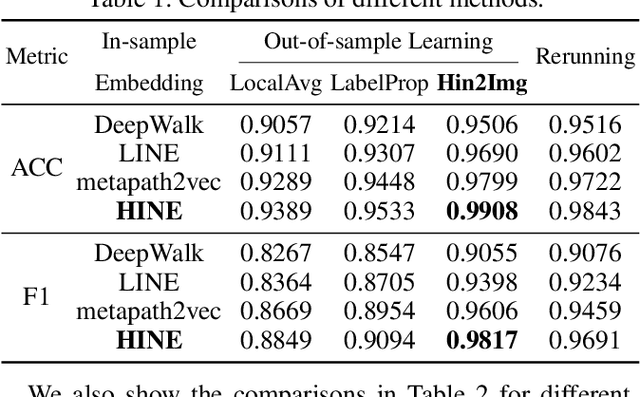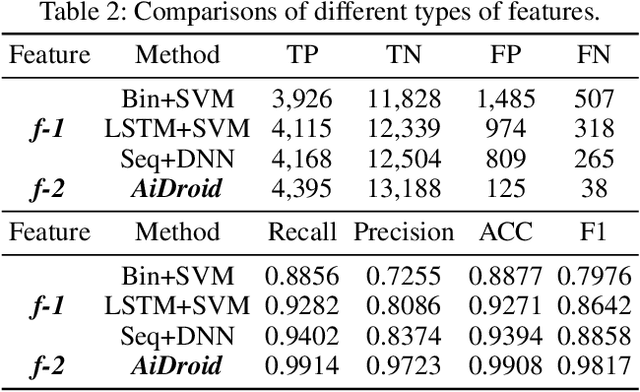Shifu Hou
Adaptive Kernel Graph Neural Network
Dec 08, 2021



Abstract:Graph neural networks (GNNs) have demonstrated great success in representation learning for graph-structured data. The layer-wise graph convolution in GNNs is shown to be powerful at capturing graph topology. During this process, GNNs are usually guided by pre-defined kernels such as Laplacian matrix, adjacency matrix, or their variants. However, the adoptions of pre-defined kernels may restrain the generalities to different graphs: mismatch between graph and kernel would entail sub-optimal performance. For example, GNNs that focus on low-frequency information may not achieve satisfactory performance when high-frequency information is significant for the graphs, and vice versa. To solve this problem, in this paper, we propose a novel framework - i.e., namely Adaptive Kernel Graph Neural Network (AKGNN) - which learns to adapt to the optimal graph kernel in a unified manner at the first attempt. In the proposed AKGNN, we first design a data-driven graph kernel learning mechanism, which adaptively modulates the balance between all-pass and low-pass filters by modifying the maximal eigenvalue of the graph Laplacian. Through this process, AKGNN learns the optimal threshold between high and low frequency signals to relieve the generality problem. Later, we further reduce the number of parameters by a parameterization trick and enhance the expressive power by a global readout function. Extensive experiments are conducted on acknowledged benchmark datasets and promising results demonstrate the outstanding performance of our proposed AKGNN by comparison with state-of-the-art GNNs. The source code is publicly available at: https://github.com/jumxglhf/AKGNN.
AiDroid: When Heterogeneous Information Network Marries Deep Neural Network for Real-time Android Malware Detection
Nov 02, 2018



Abstract:The explosive growth and increasing sophistication of Android malware call for new defensive techniques that are capable of protecting mobile users against novel threats. In this paper, we first extract the runtime Application Programming Interface (API) call sequences from Android apps, and then analyze higher-level semantic relations within the ecosystem to comprehensively characterize the apps. To model different types of entities (i.e., app, API, IMEI, signature, affiliation) and the rich semantic relations among them, we then construct a structural heterogeneous information network (HIN) and present meta-path based approach to depict the relatedness over apps. To efficiently classify nodes (e.g., apps) in the constructed HIN, we propose the HinLearning method to first obtain in-sample node embeddings and then learn representations of out-of-sample nodes without rerunning/adjusting HIN embeddings at the first attempt. Afterwards, we design a deep neural network (DNN) classifier taking the learned HIN representations as inputs for Android malware detection. A comprehensive experimental study on the large-scale real sample collections from Tencent Security Lab is performed to compare various baselines. Promising experimental results demonstrate that our developed system AiDroid which integrates our proposed method outperforms others in real-time Android malware detection. AiDroid has already been incorporated into Tencent Mobile Security product that serves millions of users worldwide.
 Add to Chrome
Add to Chrome Add to Firefox
Add to Firefox Add to Edge
Add to Edge